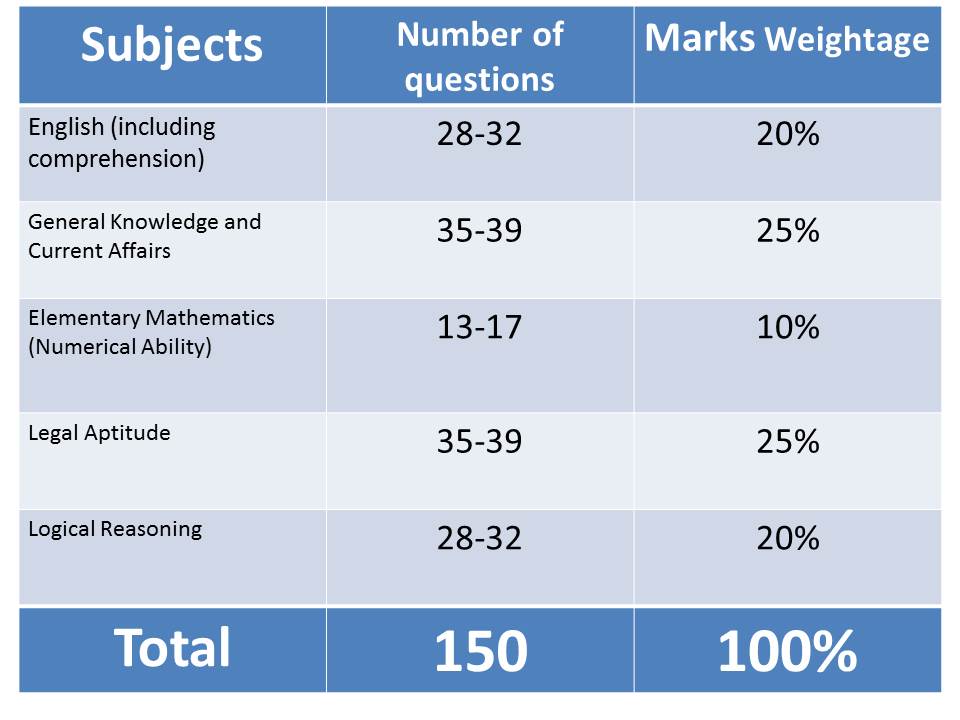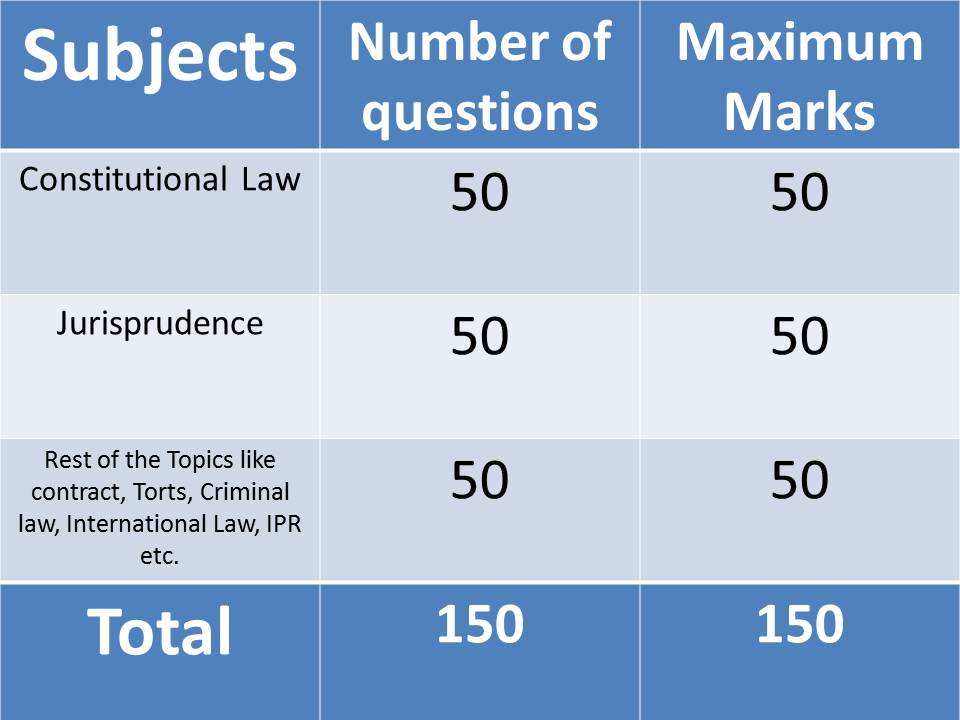Common-Law Admission Test is one of the familiar entrance exams. Those who wish to enter in the field of law, they can crack the CLAT exam 2020.
Well, there is a lot of information regarding the CLAT examination. And I am going to give you each and every detail of this entrance exam. Before I start, I would like to remind you that there were some changes to the CLAT exam. New changes will also be discussed in this article.
What is CLAT?
CLAT is a national level entrance exam. The Common Law Admission Test CLAT is a common entrance exam in India. Every year, 21 National Law Universities NLUs conduct the CLAT exam at the national level.
Basically, you can apply for LLB and LLM courses through the CLAT exam. You can make your place in NLU and some private law college through CLAT.
NLUs conducted the CLAT exam on a rotational basis until 2018. But from 2019, it has been conducted by the consortium of NLUs i.e. National University School of Research in Law(NUSRL), Ranchi will conduct CLAT 2020 exam.
Eligibility Criteria for CLAT exam 2020
Eligibility for LLB
- In order to appear in the CLAT exam, you should have passed class 12th from any stream or an equivalent examination.
- Appearing Candidates can also apply for LLB in the CLAT exam.
- The student should have scored a minimum percentage in order to appear in the CLAT exam and it is different for a different category. For General/OBC – 45% and for SC/ST – 42%.
Eligibility for LLM
- If you have completed your LLB or another equivalent law degree then you are eligible to pursue the LLM course.
- Appearing Candidates can also apply for the LLM course in the CLAT exam.
- You should have to score at least 55% (General/OBC) and 50% (ST/SC).
Age Limit
Well, the maximum student is confused about the age limit to give CLAT exam. So let me clear that there is no upper and lower age limit. As a result, there is no age limit at all to appear for the CLAT exam.
CLAT exam 2020: Important Dates
In 2020, NUSRL (National University of Study and Research in Law) will conduct the CLAT exam. CLAT 2020 application date was released on 1 January 2020. The last date of submitting a form is 31 March 2020. CLAT exam was conducted for the admission of UG and PG law courses at the national level. You can directly appear for the CLAT exam with any stream.
In the month of May, the CLAT exam is used to conduct every year. So, CLAT 2020 examination will conduct on 10 May 2020. CLAT admit card will release in the second week of May 2020. The exam conducting authority announce the CLAT 2020 result, it is on 24 May 2020. Candidate can access the result through online mode
Around 50000 students appear for the CLAT exam every year. If I talk about the seats for LLB and LLM aspirant then it will around 2400 and 5050 seats respectively. CLAT cutoff will be released in the month of June separately for 21 National Law Universities. Before 2018, the CLAT exam was online but now it is offline.
CLAT exam 2020: Fee
Let’s see the fee of the CLAT (Common Law Admission Test) examination form. Well, the examination fee is different for different categories. So it is as follows:
OBC/General/EWS – 4000 and SC/ST – 3500
CLAT 2020 Examination Pattern
CLAT (Common Law Admission Test) 2020 is a national level entrance exam. The LLB and LLM aspirants are eligible to appear in c the Common Law Admission Test. The total examination duration is 120 minutes. Important points for CLAT 2020 examination pattern are as follows.
Duration
The CLAT exam is of 120 minutes for both LLB and LLM courses.
Language
Basically, the CLAT exam is conducted in the English language only. So, those who wish to give this exam in Hindi or another language will not be able to give it.
Examination Mode
Earlier the CLAT exam used to be online, now it is offline. It means the CLAT exam 2020 will be a pen or paper-based examination.
Total number of questions
For both undergraduate and postgraduate courses, the total number of questions is 150. There are five sections in the LL.B course and three-section in the LL.M course.
Maximum Marks
The maximum marks for undergraduate and postgraduate courses are 150. That means, LL.B comprises 150 questions of 150 marks and also it is the same in the case of LL.M.


Marking Scheme
In the exam pattern of CLAT 2020, the candidate gets the section-wise marks distribution for both undergraduate and postgraduate courses. According to the latest update of the exam pattern of CLAT 2020, also there is a change in marks distribution for undergraduate courses. There no change in the weightage of the Percentage, it is the same as earlier.
Negative Marking
There will be a negative marking process in both graduate and undergraduate courses in the CLAT exam. 0.25 marks will be deducted for each wrong answer.
Number of Attempts
There is no limitation to give the CLAT Common Law Admission Test 2020 examination. A candidate can appear for the CLAT exam at any age.
Exam Type for Undergraduate
The questions of each and every section are objective type. Basically, there will be four options for a question and only one option will be the right answer.
Exam Type for Postgraduate
The questions of every section for LL.M comprises objective and subjective type questions.
CLAT exam 2020: Cut-off
NLU Authorities mainly prepared the CLAT exam results. They issue a merit list that included state merit lists and India merit lists. Basically, merit lists are based on underserved/SC/ST/OBC/Women/SAP for the CLAT exam.
College preference: Counseling
First of all, counseling of the CLAT exam is totally based on the computer, it is not manually. So, before giving to any college preference. You have to remember some important points in order to get a good college.
- Your college preference should be based on college legacy. Because older the college more it will be reputed. And the maximum number of companies will come in order to give placement.
- Location is very important to get exposure to any courses. Like Gandhi Nagar is popularly known for corporate lawyer placement. Also, there is a High Court and lots of legal firms in Mumbai. So there is a maximum placement and job opportunity in Mumbai. As a result, location is very important to pursue any course.
- There are also some other factors that depend on infrastructure, faculty members, reputation, etc.